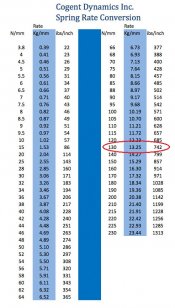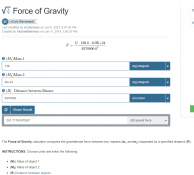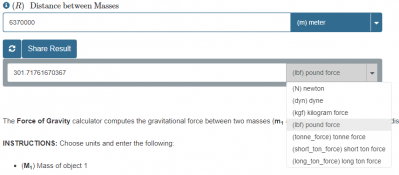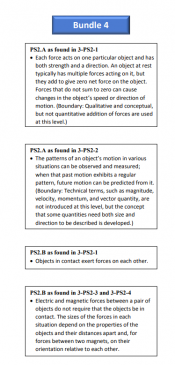Just some more fodder to add to your data files on spring rates and suspension tuning.....
I've found some data that I think is correct on the OEM spring rates for the C14, and just wanted to post them for future reference, along with a link to where I found it.
Front fork springs - 1.2 kg/mm
Rear shock spring - 13.3 kg/mm (130 newton/meters or 742 lbs/in)
"Ideal rider weight" for the OEM rear shock spring is listed as 180lbs.
http://racetech.com/ProductSearch/2/Kawasaki/ZG1400%20Concours/2008-12
My actual weight measurements of my bike with a full tank of gas put it at 729 lbs. I found a fork spring calculator on line that also seems to confirm these are the correct rates.
http://www.sonicsprings.com/catalog/calculate_spring_rate.php#calculate
Interestingly, when I use the Race Tech spring calculator tool, I get the same number for the rear shock spring, but it actually recommends slightly lighter fork springs than stock.
I've found some data that I think is correct on the OEM spring rates for the C14, and just wanted to post them for future reference, along with a link to where I found it.
Front fork springs - 1.2 kg/mm
Rear shock spring - 13.3 kg/mm (130 newton/meters or 742 lbs/in)
"Ideal rider weight" for the OEM rear shock spring is listed as 180lbs.
http://racetech.com/ProductSearch/2/Kawasaki/ZG1400%20Concours/2008-12
My actual weight measurements of my bike with a full tank of gas put it at 729 lbs. I found a fork spring calculator on line that also seems to confirm these are the correct rates.
http://www.sonicsprings.com/catalog/calculate_spring_rate.php#calculate
Interestingly, when I use the Race Tech spring calculator tool, I get the same number for the rear shock spring, but it actually recommends slightly lighter fork springs than stock.







